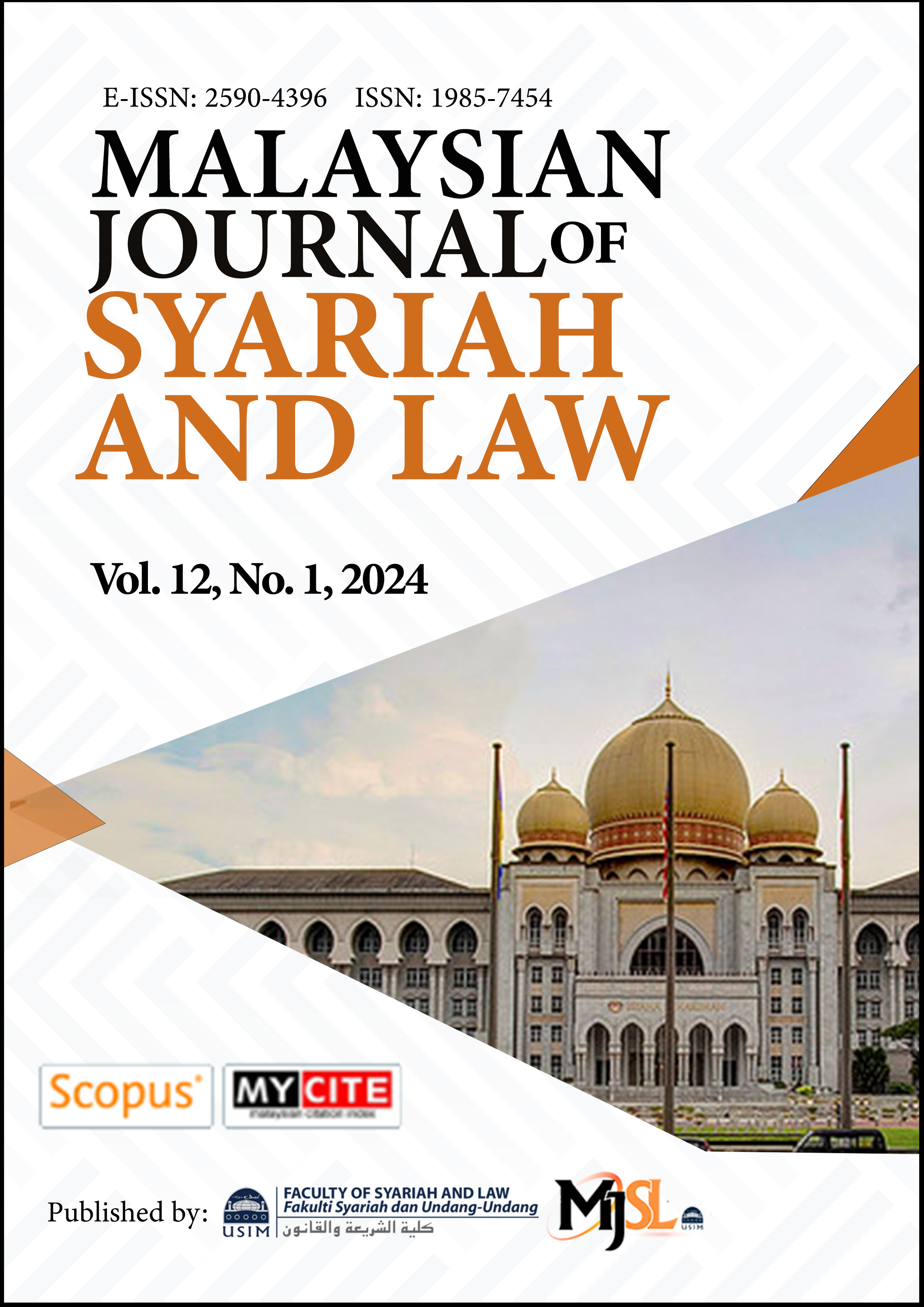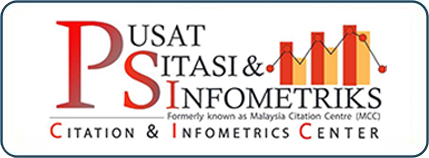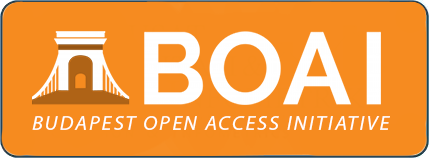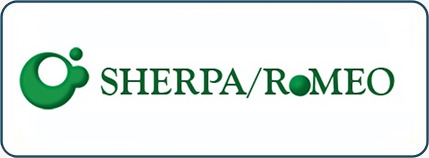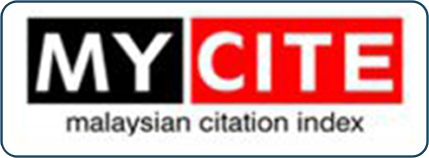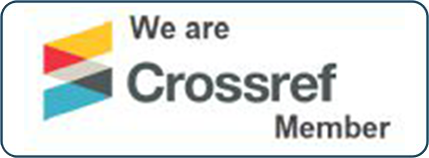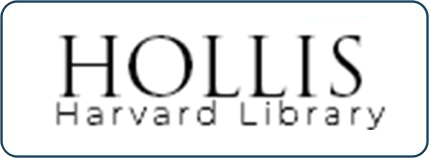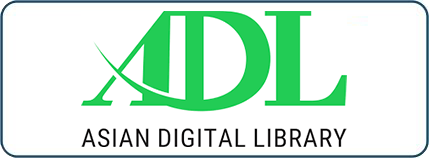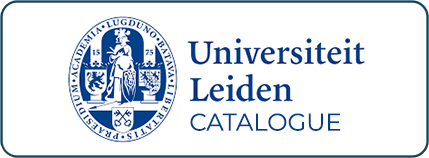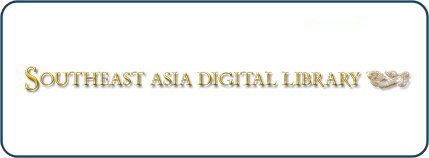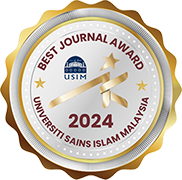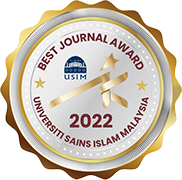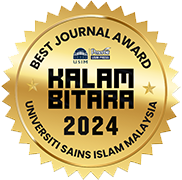HALAL WITHOUT LABEL: IMPLEMENTATION OF MAQASID AL-SHARIAH IN COMMUNITY-BASED TOURISM IN KERINCI, INDONESIA
DOI:
https://doi.org/10.33102/mjsl.vol12no1.477Keywords:
Community Based Tourism, Halal Label, Maqāṣid al-Sharī’ah, Halal TourismAbstract
This study aimed to investigate the feasibility of tourism management that upholds halal values and meets maqāṣid al-sharī’ah indicators, without necessarily using a halal label. Specifically, it aimed to understand the community's social, economic, and religious dynamics where a tourist destination grows and is managed. Using an ethnographic approach, the study was conducted in 2022. Data were collected through semi-structured interviews with twenty informants, document analysis and observation. The Spradley model was employed to analyze the data. The findings of this study indicate that the management of Pantai Indah destination in Kerinci Regency emerged in a social context where religion and culture were closely intertwined through acculturation processes. Therefore, tourism in this area is a religious-cultural expression, rather than solely an economic pursuit. This background has allowed tourism to meet the elements of halal without requiring a halal label or special assistance, while still being able to initiate community-based tourism. Moreover, tourism can be measured using maqāṣid al-sharī’ah indicators. However, the study has certain limitations, such as the concentration of data in one community and the lack of comparison with other communities using different typologies, approaches, and characteristics. Nevertheless, this study recommends that the halal tourism program advocated by the government cannot be implemented in a top-down and uniform manner for all regions. This is because, in several areas, the local community has rejected such a program. In fact, halal tourism can be successfully implemented by ensuring its substance without the need for a halal label.
Downloads
References
Abbasian, S. (2021). Good idea but not here! A pilot study of swedish tourism stakeholder’s perceptions of halal tourism. Sustainability, 13(5), 1–17.
Adams, K. M. (2006). Art as politics: Re-crafting identities, tourism, and power in Tana Toraja, Indonesia (1st ed.). University of Hawaii Press.
Ahmad, J., & Iskandar, N. (2022). The acculturation crisis and religious commodification in the customary conflict of Rencong Telang Kerinci. Jurnal Penelitian, 19(1), 11–22.
Akhtar, N., Jin, S., Alvi, T. H., & Siddiqi, U. I. (2020). Conflicting halal attributes at halal restaurants and consumers’ responses: The moderating role of religiosity. Journal of Hospitality and Tourism Management, 45, 499–510.
Alamsyah, M. F. (2001). Tinjauan arsitektur dan ragam hias Masjid Agung Pondok Tinggi Kerinci. Universitas Indonesia.
Ali, Y., Thaliby, I., Sonafist, S., Hamid, H., Norewan, N., Hermalis, H., Putra, E., & Syamsi, S. (2005). Adat basendi syara’ sebagai fondasi membangun masyarakat madani di Kerinci (M. Rasidin (ed.); 1st ed.). STAIN Kerinci Press.
As-Salafiyah, A., Rusydiana, A. S., & Mustafa, M. I. (2021). Maqasid sharia-based mosque empowerment index. International Journal of Ethics and Systems, 38(2), 173–190.
Aziz, E., Dzofir, M., & Widodo, A. (2020). The acculturation of Islam dan customary law: An experience of Minangkabau, Indonesia. Qudus International Journal of Islamic Studies 9QIJIS), 8(1), 131–160.
Aziz, K. (2021). Tinjauan hukum terhadap sanksi pidana penganiayaan dalam hukum adat kerinci (Studi kasus desa koto petai kabupaten kerinci). Universitas Islam Negeri Sulthan Thaha Siafuddin Jambi. http://repository.uinjambi.ac.id/10278/
Baihaqi, M. (2019). Wisata halal di Gili Trawangan Lombok Utara. Jurnal Ekonomi dan Bisnis Islaman Bisnis Islam, 4(2), 166–182
Battour, M., & Ismail, M. N. (2016). Halal tourism: Concepts, practises, challenges and future. Tourism Management Perspectives, 19(7), 150–154.
Battour, M., Salaheldeen, M., & Mady, K. (2021). Halal tourism: exploring innovative marketing opportunities for entrepreneurs. Journal of Islamic Marketing, 13(4), 887–897.
Biantaro, R., & Ma’rif, S. (2014). Pengaruh pariwisata terhadap karakteristik sosial ekonomi masyarakat pada kawasan objek wisata candi borobudur kabupaten magelang. Jurnal Teknik PWK, 3(4), 1038–1047.
Bloch, N. (2017). Annals of tourism research barbarians in India: Tourism as moral contamination. Annals of Tourism Research, 62, 64–77. https://doi.org/http://dx.doi.org/10.1016/j.annals.2016.12.001
Carboni, M., Perelli, C., & Sistu, G. (2014). Is Islamic tourism a viable option for Tunisian tourism ? Insights from Djerba. Tourism Management Perspectives, 11(7), 1–9.
Caton, K. (2012). Taking the moral turn in tourism studies. Annals of Tourism Research, 39(4), 1906–1928.
Cuevas, S. Von, Franco, C. A., & Capistrano, R. C. (2022). Exploring the potential of halal tourism through institutional analysis of halal certifiers in the Philippines. International Journal of Religious Tourism and Pilgrimage, 10(2), 60–77.
Dewan Syariah Nasional-Majelis Ulama Indonesia. (2016). “Pedoman penyelenggaraan pariwisata berdasarkan prinsip syariah”. Dewan Syariah Nasional MUI. https://ubico.id/wp-content/uploads/2019/02/108-Fatwa-Pariwisata-Syariah.pdf
Ezenagu, N. E., Okpoko, P. U., & Okpoko, C. C. (2022). Contribution of faith-based activities to tourism development in two religious sites in southwest Nigeria. International Journal of Religious Tourism and Pilgrimage, 10(3), 37–54.
Fadhlan, M., Firmansyah, F., & Fatawi, M. S. (2021). Modernisasi Pendidikan Islam di Pondok Pesantren al-Muhsinin Kerinci. Attaqwa: Jurnal Ilmu Pendidikan Islam, 17(1), 84–94.
Firdausi, I., Marantika, S., Firdaus, Z. N., & Sajidah, R. (2017). Lombok: halal tourism as a new indonesia tourism strategy. In 4th International Conference on Humanities, Social Sciences and Education, 53–57. http://heaig.org/images/proceedings_pdf/H0317447.pdf
Hendrita, R., & Juliandi, A. (2022). Kabupaten Kerinci dalam Angka 2022 (A. Juliandi (ed.); 1st ed.). BPS Kabupaten Kerinci.
IMC01. (2022, July 17). “Kronologi bentrok antara dua desa di Kerinci”. Imcnews.Id. https://imcnews.id/read/2022/07/17/20235/kronologi-bentrok-antara-dua-desa-di-kerinci/
Iskandar, N., Herningrum, I., & Susanti, S. (2022). Islamic and cultural negotiations in endogamous marriage in Kerinci. Jurnal Hukum Islam, 20(1), 49–72.
Jafari, J., & Scott, N. (2014). Muslim world and its tourisms. Annals of Tourism Research, 44(1), 1–19.
Jambikita.id. (2021, February 5). “Peristiwa bentrok antar desa di Kerinci, satu tersangka diadili di Kota Jambi”. Kumparan.Com. https://kumparan.com/jambikita/peristiwa-bentrok-antar-desa-di-kerinci-satu-tersangka-diadili-di-kota-jambi-1v7LP2jBIDs/full
Khoiriati, S. D., Krisnajaya, I. M., & Dinarto, D. (2016). Debating halal tourism between values and branding: A case study of Lombok, Indonesia. In R. H. Setyobudi (Ed.), The 1st International Conference on South East Asia Studies, 494–515. Knowledge E Publishing. https://doi.org/10.18502/kss.v3i5.2352
Kozok, U. (2006). Kitab Undang-Undang Tanjung Tanah: Naskah Melayu yang Tertua. Yayasan Obor.
Makhasi, G. Y. M., & Rahimmadhi, M. T. Y. (2020). Ramai-ramai menolak wisata halal: Kontestasi politik identitas dalam perkembangan wisata halal di Indonesia. Jurnal Sosiologi Reflektif, 14(2), 373–388.
Mayaka, M., Croy, W. G., & Cox, J. W. (2019). A dimensional approach to community-based tourism: Recognising and differentiating form and context. Annals of Tourism Research, 74, 177–190.
Menteri Pariwisata Republik Indonesia. (2018). “Logo Halal Tourism Indonesia dan Logo Pariwisata Halal Indonesia”. Scribd. https://jdih.kemenparekraf.go.id/asset/data_puu/KepmenNo_KM_40TtgLogoHalal Tourism Indonesia.pdf.pdf
Mohsin, A., Ramli, N., & Alkhulayfi, B. A. (2016). Halal tourism: Emerging opportunities. Tourism Management Perspectives, 19(2), 137–143.
Nash, D. (1981). Tourism as An Anthropological Subject. Current Anthropology, 22(5), 461–481.
Nor Hadi, J. B. (2020). The motive of CSR practices in Indonesia: Maqasid al-sharia review. Qudus International Journal of Islamic Studies (QIJIS), 8(2), 327–352.
OL-14. (2020). “Bentrok Antarwarga di Kerinci, satu tewas”. Mediaindonesia.Com. https://mediaindonesia.com/nusantara/356165/bentrok-antarwarga-di-kerinci-satu-tewas
Prastia, D. B., Saufi, A., & Rinuastuti, B. H. (2022). Community-based tourism as a development concept of halal tourism in west Lombok district. International Journal of Multicultural and Multireligious Understanding, 9(9), 341–349.
Rachman, A., Faluthamia, M. A., Said, M., & Haura, A. (2022). The urgency of halal tourism literacy in responding to rejection of halal tourism in Indonesia. Afkaruna: Indonesian Interdisciplinary Journal of Islamic Studies, 18(1), 54–79.
Rahman, Y., & Muktialie, M. (2014). Pengaruh aktivitas pariwisata Pantai Taplau Kota Padang terhadap ekonomi, sosial masyarakat, dan lingkungan. Jurnal Teknik PWK, 3(4), 979–990.
Rahmi, E. (2020, October 29). “Bentrok lahan antar desa di Kerinci Jambi “memanas”, “bunga biru menjelma merah”. Halojambi.Id. https://halojambi.id/index.php/opini/6186-bentrok-lahan-antar-desa-di-kerinci-jambi-memanas-bunga-biru-menjelma-merah
Ramadhani, M. (2021). Dilema regulasi pariwisata halal di Indonesia. Journal of Islamic Tourism, Halal Food, Islamic Traveling, and Creative Economy, 1(1), 89–105.
Rasidin, R., Nurfadliyati, N., & Kusmana, K. (2021). Aktualisasi makna kerjasama (living al-quran-hadis di Desa Koto Petai-Kerinci-Jambi. AL-QUDS: Jurnal Studi Alquran Dan Hadis, 5(2), 489–511. https://doi.org/http://dx.doi.org/10.29240/alquds.v5i2.2491
Salahuddin, M., & Abdillah, A. (2022). Maqasid al-shariah, social dialogue, and tourism development in Lombok. Journal of Environmental Management & Tourism, 13(8), 2213–2221.
Samad, D. (2002). “Syekh Burhanuddin Ulakan dan Islamisasi di Minangkabau (syarak mendaki adat menurun)”. The Minangkabau Foundation. https://opac.perpusnas.go.id/DetailOpac.aspx?id=240087
Santoso, L. (2022). Halal tourism regulations in Indonesia: Trends and dynamics in the digital era. Ijtihad: Jurnal Wacana Hukum Islam dan Kemanusiaan, 22(1), 73–94.
Santoso, L., Cahyani, Y. T., & Suryani, S. (2020). Dilema kebijakan wisata halal di Pulau Lombok. Jurnal Sosiologi Reflektif, 15(1), 23–44.
Sau. (2022, July 18). “Bentrok antar desa di Kerinci, Satu Luka”. Jambione.Com. https://www.jambione.com/daerah/1362681642/Bentrok-Antar-Desa-di-Kerinci-Satu-Luka
Slamet, S., Abdullah, I., & Laila, N. Q. (2022). The contestation of the meaning of halal tourism. Heliyon, 8(3), 1–9.
Su, X., Wang, H., & Wen, T. (2013). Profit, responsibility, and the moral economy of tourism. Annals of Tourism Research, 43, 231–250.
Sunliyensar, H. H. (2016). Ritual asyeik sebagai akulturasi antara kebudayaan Islam dengan kebudayaan pra-Islam suku Kerinci. Siddhayatra, 21(2), 107–128.
Sunliyensar, H. H. (2019). Tanah, kuasa, dan niaga: Dinamika relasi antara orang Kerinci dan Kerajaan-kerajaan Islam di Sekitarnya Dari Abad XVII Hingga Abad XIX. Perpusnas Press.
Surwandono, S., Nursita, R. D., Diana, R., & Meiliyana, A. (2020). Polemik kebijakan wisata halal di Indonesia serta tinjauannya dalam Maqasid Syariah. Tsaqafah: Jurnal Peradaban Islam, 16(1), 91–108.
Syakiri, A. S. (2006). “The "academy of Islamic tourism” project”. Islamictourism.Com. http://www.islamictourism.com/PDFs/Issue 25/English/6 itp arabe.pdf
Tarigan, R. E., & Basit, A. (2020). Penolakan publik terhadap program wisata halal Danau Toba. Nyimak: Journal of Communication, 4(1), 125–134.
Terzidou, M., Stylidis, D., & Szivas, E. M. (2008). Residents’ perceptions of religious tourism and its socio-economic impacts on the island of Tinos. Tourism and Hospitality Planning & Development, 5(2), 113–129.
Vargas-Sánchez, A., & Moral-Moral, M. (2020). Halal tourism: literature review and experts’ view. Journal of Islamic Marketing, 11(3), 549–569.
Wan. (2018, July 30). “Bentrok Antar desa di kerinci, sejumlah rumah dan kendaraan warga terbakar”. Jambiupdate.Co. https://jambiupdate.co/artikel-bentrok-antar-desa-di-kerinci-sejumlah-rumah-dan-kendaraan-warga-terbakar.html
Waznah, N. (2020). Penerapan norma dan etika ekonomi Islam dalam pengelolaan dan pengembangan pariwisata di Desa Koto Petai kecamatan Danau Kerinci Kabupaten Kerinci. Universitas Islam Negeri Sulthan Thaha Saifuddin Jambi. http://repository.uinjambi.ac.id/4034/
Zakaria, N. S., & Othman, A. (2023). Memelihara agama (hifz al-din) dalam pakej pelancongan patuh syariah. Al-Qanatir: International Journal of Islamic Studies, 30(1), 16–25.
Zamani-Farahani, H., & Henderson, J. C. (2010). Islamic tourism and managing tourism development in Islamic societies. International Journal of Tourism Research, 12(1), 79–89.
Downloads
Published
Issue
Section
Categories
License
Copyright (c) 2024 Nuzul Iskandar

This work is licensed under a Creative Commons Attribution-NonCommercial 4.0 International License.

